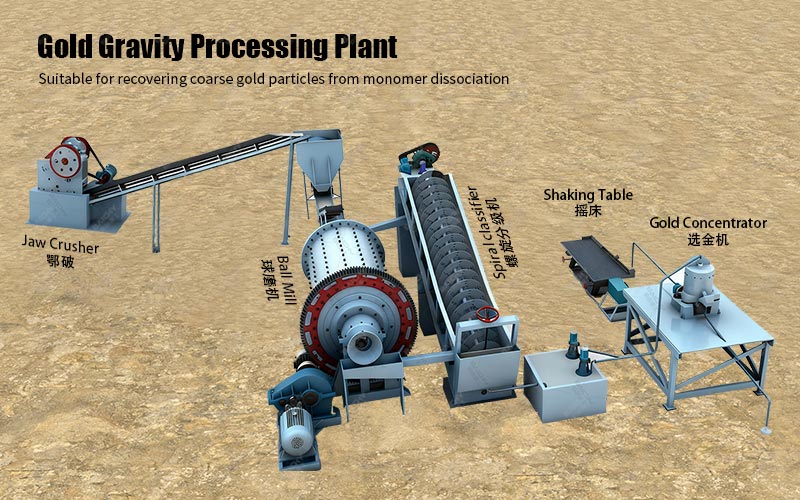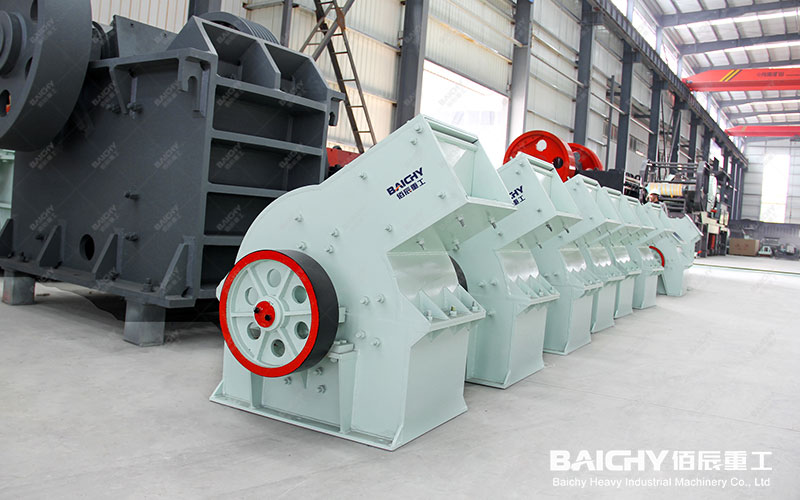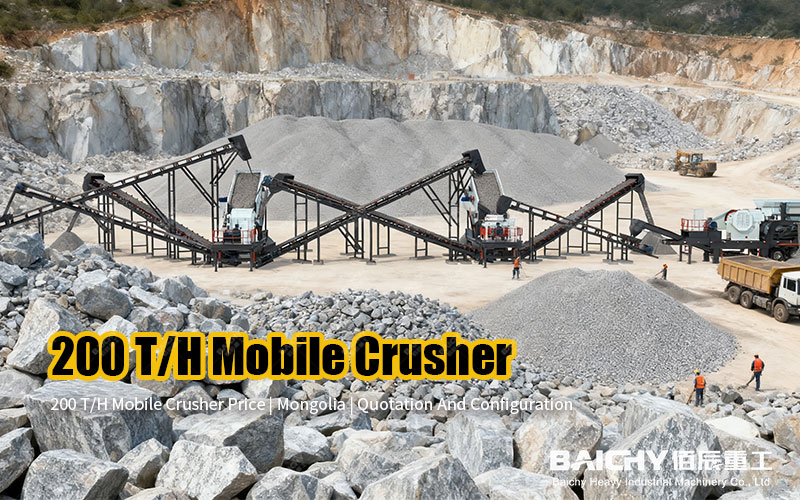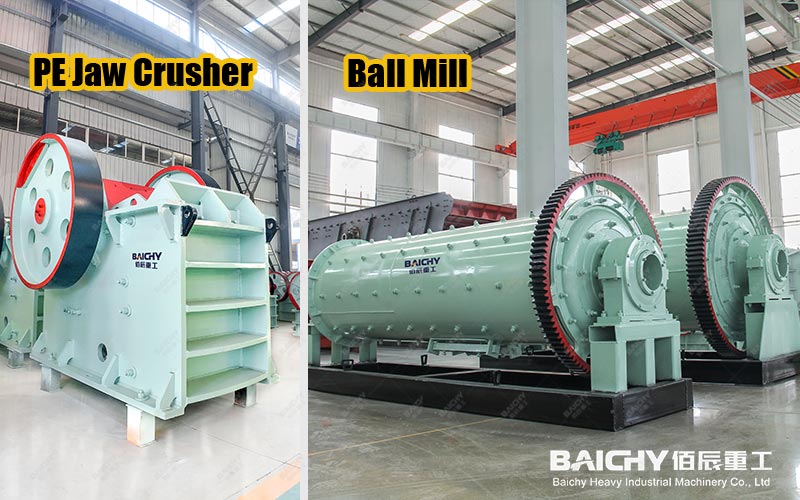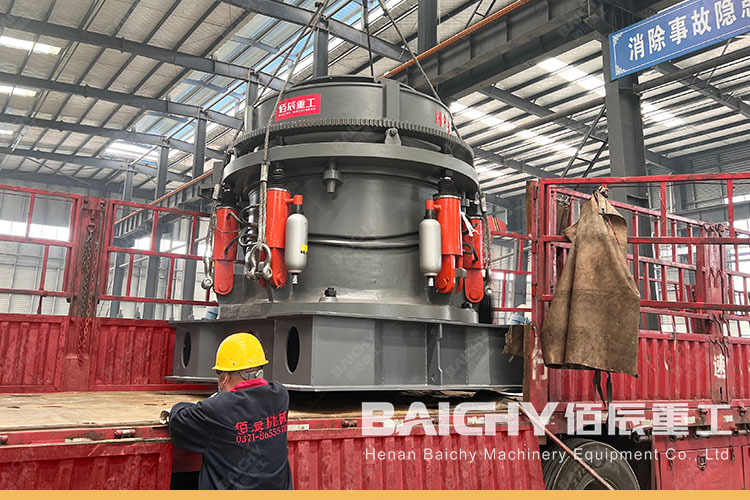
In the field of sand and gravel crushing, hydraulic cone crushers, with their advantages of high crushing efficiency, good finished product particle shape, and high degree of automation, have become the top choice for crushing medium-hard materials. But did you know that the long-term stability and output quality of the equipment largely depend on understanding and maintaining vulnerable parts and core components?
Today, we'll review the components crucial to the performance of hydraulic cone crushers to help you better maintain your equipment and select appropriate parts.
I. Core Wear-Resistant Components: The "Frontline Guardians" Directly Involved in Crushing
These components come into direct contact with the material, bearing enormous impact and wear, and are typical vulnerable parts. Their quality and condition determine the crusher's production capacity and finished product quality.
1. Crushing Wall (Fixed Cone Liner) and Mantle (Moving Cone Liner)
◦ Function: These are the most crucial wear-resistant components of the cone crusher. The crushing chamber formed between them is where the material is squeezed and crushed. Their shape and spacing directly determine the output particle size, capacity, and particle shape.
◦ Material: Typically made of high-manganese steel (ZGMn13) or modified high-manganese steel to ensure sufficient toughness and wear resistance. High-quality parts will use more advanced alloying elements and heat treatment processes to extend service life.
2. Bushings (Copper Bushings)
◦ Function: Including eccentric copper bushings, spindle copper bushings, etc. Their function is to ensure precise fit and lubrication between the spindle and eccentric bushing during high-speed operation, reducing friction, which is crucial for the smooth operation of the equipment.
◦ Material: Typically made of high-performance copper alloys such as high-lead tin bronze, which have good wear resistance and thermal conductivity. Once worn, it will lead to serious failures such as increased equipment vibration and spindle seizure.

II. Hydraulic and Control System Components: The Equipment's "Intelligent Brain" and "Power Source"
The essence of the "hydraulic" in hydraulic cone crushers lies in this. These components realize the equipment's overload protection, discharge port adjustment, and cavity clearing functions, representing automation.
1. Hydraulic Cylinders (Locking Cylinder and Adjusting Cylinder)
◦ Function: The locking cylinder is used to fix the crushing wall; the adjusting cylinder is used to drive the lifting and lowering of the fixed cone assembly, thereby precisely and quickly adjusting the size of the discharge port and achieving intelligent control.
2. Hydraulic Station and Valve Assembly (e.g., Solenoid Directional Valve, Relief Valve)
◦ Function: The hydraulic station is the power source of the system, and the valve assembly is the control center. They work together to regulate the flow and pressure of hydraulic oil, realizing various hydraulic actions. The relief valve is particularly important; it sets the maximum system pressure and automatically relieves pressure when encountering uncrushable objects such as iron, playing a crucial overload protection role.
3. Sensors (e.g., Pressure Sensor, Position Sensor)
◦ Function: Real-time monitoring of equipment operating parameters (such as spindle position, lubricating oil pressure, oil tank temperature, etc.) and feeding the data back to the PLC control system, serving as the "eyes" for automated monitoring and fault early warning.
III. Transmission and Lubrication System Components: The "Lifeline" for Smooth Operation
1. Transmission Components: Including pulleys/couplings, drive shafts, gears, etc., responsible for transmitting power from the motor to the main unit. Maintaining alignment and good condition is fundamental to reducing vibration and energy consumption.
2. Lubrication System Components:
◦ Lubricating Oil Pump: Provides a continuous supply of clean lubricating oil to the entire equipment.
◦ Filter Element (Oil Filter): Filters metal debris and impurities from the lubricating oil, acting as the "kidneys" of the lubrication system. Regular filter replacement is paramount for equipment maintenance!
◦ Cooler (Oil Cooler): Lowers the lubricating oil temperature, ensuring oil viscosity and lubrication effectiveness, especially crucial in high-temperature environments like summer.
Component Selection and Maintenance Recommendations
• Original Equipment Manufacturer (OEM) vs. Aftermarket Parts: OEM parts are perfectly matched to the equipment in terms of size, material, and heat treatment processes, ensuring optimal performance and maximum lifespan. Aftermarket parts may be cheaper, but careful selection of suppliers with quality assurance is essential.
• Regular Inspection and Replacement: Establish a strict equipment inspection system, regularly measure the thickness of wear parts, and monitor oil cleanliness to achieve preventative maintenance and avoid major losses due to minor issues.
• Proper Inventory: Maintaining a reasonable inventory of wear parts based on equipment operating intensity and spare parts lifespan can effectively reduce downtime losses caused by waiting for parts.
A thorough understanding of the key components of a hydraulic cone crusher is like a general knowing his soldiers and equipment. Scientific selection, timely maintenance, and proper replacement are key to maximizing the return on equipment investment and ensuring the continuous value creation of the production line. We hope this article will provide strong support for your equipment management work!




